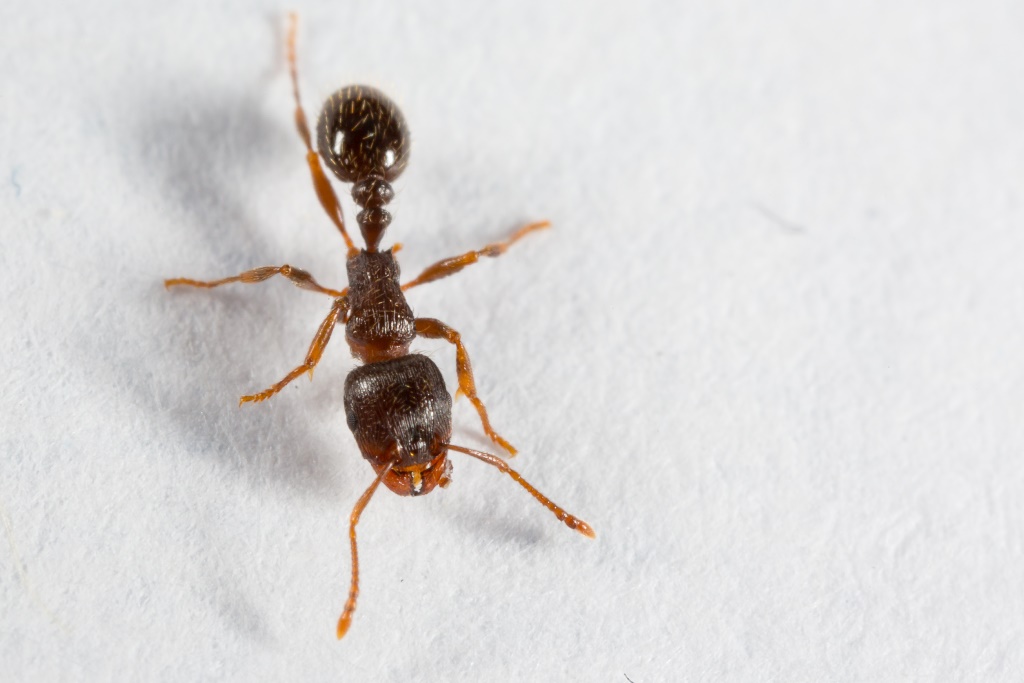Pavement ant
(Tetramorium caespitum)

Biology:
The female workers of this species, which is also part of the myrmicine ants (Myrmicinae) subfamily, are 2 to 3.5 mm long and brown to dark brown in colour with yellow-brown legs and jaws. The pavement ant colonies are often extremely populous (up to 80,000 female workers) but unlike those belonging to pharaoh ants, they only have one queen.
The nests, which can usually be identified by a dome-like mound of earth, are created in dry, sandy areas of gardens, often at the edge of pathways.
Damage:
Although pavement ants are quite common in residential areas, they normally nest outside, rather than in the house. However, when they are looking for food, they occasionally enter houses and scavenge the pantries. Unlike the pharaoh beetle, they prefer sweet foods.
They can therefore be extremely irritating, especially when they find an abundant source of food on their wanderings and a close-knit ant trail forms between the nest and the source of food.
Furthermore, the fact that they hollow into patios or paved paths in the garden and move sand to the surface often makes them very unpopular.
